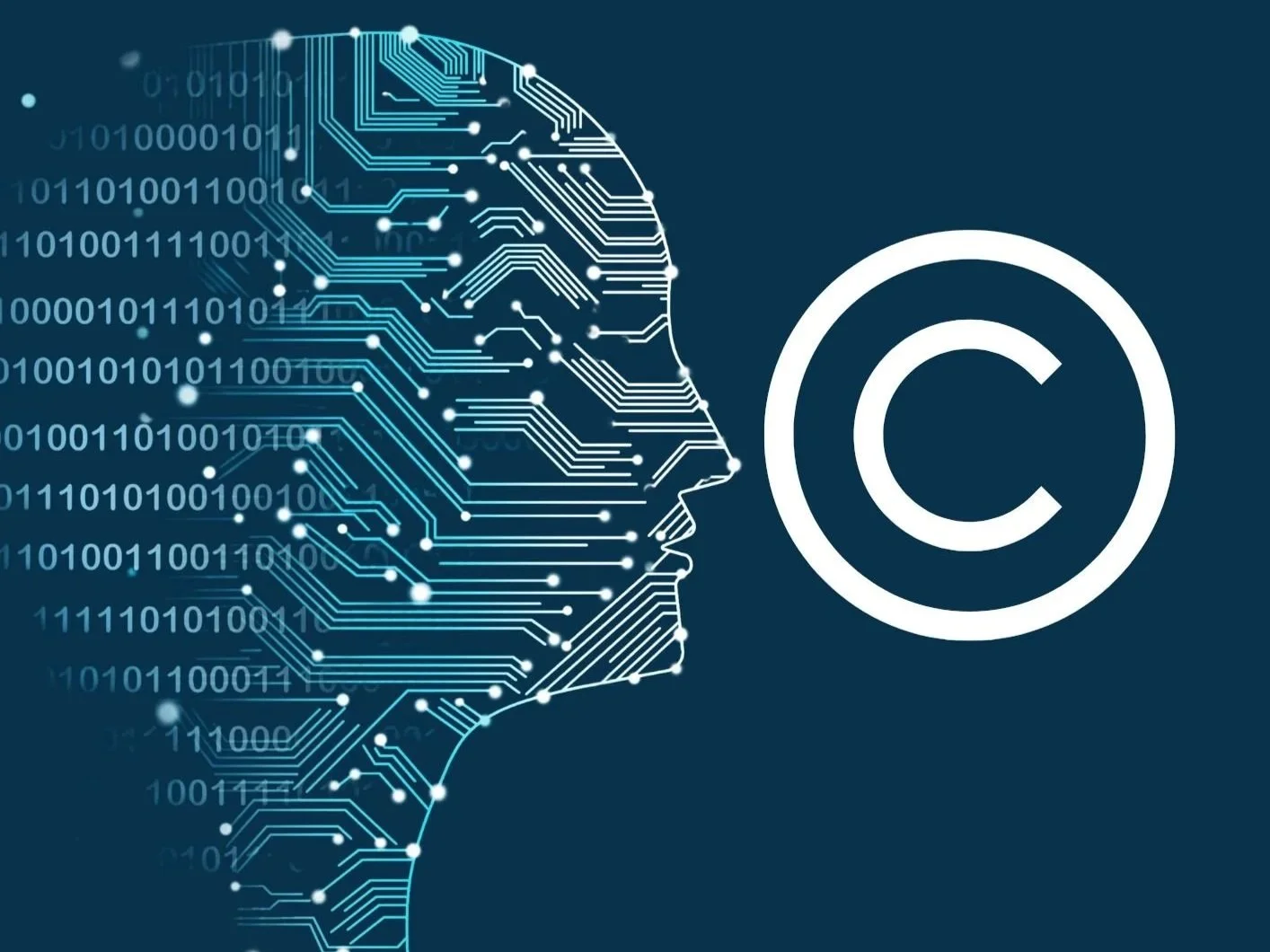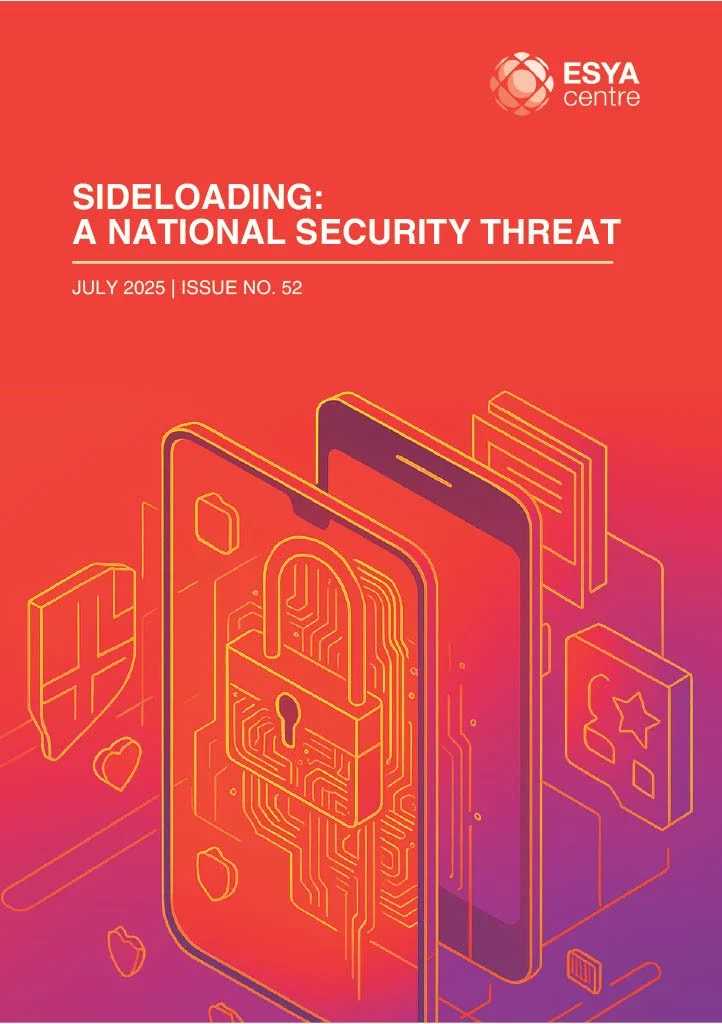Description: On 02 October 2025, the Ministry of Electronics and Information Technology published the Draft of “The Promotion and Regulation of Online Gaming Rules, 2025” inviting stakeholder feedback and comments. Broadly, the Draft Rules aim to enable the structured growth of legitimate e-sports and online social games. The Esya Centre is pleased to be afforded an opportunity to provide its inputs on these rules.
Our response is divided into two parts: Part A offers an overview and summary, while Part B provides a detailed analysis of specific rules.
Attribution: Shweta Venkatesan, Response to the Consultation on the Draft Promotion and Regulation of Online Gaming Rules, 2025




















